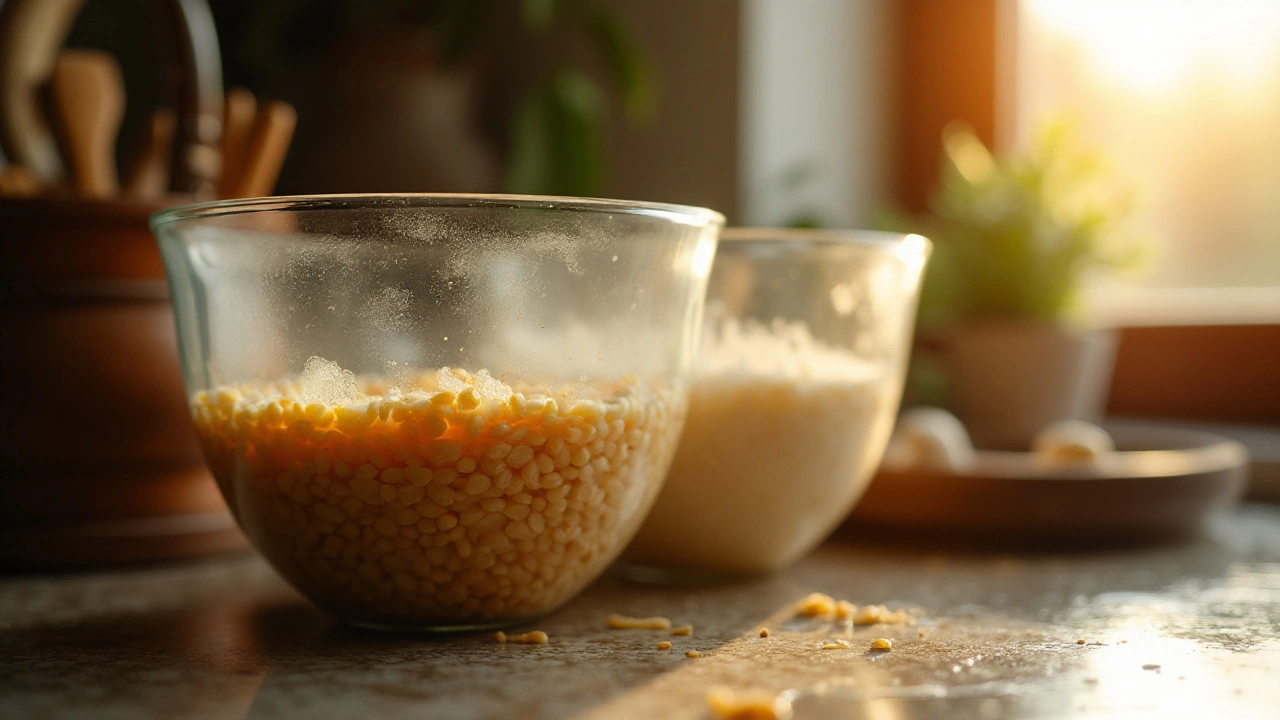Dosa Making Tips
When you start learning Dosa Making Tips, practical advice for preparing South Indian crepes. Also known as dosa tricks, it helps you master the art of a crisp, airy breakfast. A key part of any Dosa Batter, a fermented rice‑lentil mixture that forms the base of the crepe relies on Fermentation, the natural process that creates bubbles, tang and texture. Choosing the right Cooking Oil, such as ghee, sunflower or canola oil, influences crispness and health and getting a Fluffy Dosa, one that puffs up with tiny holes for a light bite are common goals. In short, dosa making tips encompass batter preparation, demand proper fermentation, and require the right oil to achieve that perfect fluffy‑and‑crisp balance.
Core Elements Behind Great Dosa
The first pillar is the batter itself. Use a 3:1 ratio of rice to split urad dal, soak each for at least 4‑6 hours, then grind to a smooth slurry. Add a pinch of fenugreek seeds for flavor and to boost fermentation. The second pillar, fermentation, thrives at 30‑35 °C for 8‑12 hours; higher temps speed up bubble formation, while cooler environments may need a starter culture or a warm corner. Third, oil selection matters: ghee gives authentic richness, while high‑smoke‑point oils like sunflower keep the dosa from burning and make cleanup easier. Lastly, the pan temperature should be hot enough that a few drops of batter sizzle instantly, yet not so hot that the dosa blackens before it sets. Balancing these factors creates the signature airy interior and golden exterior that defines a perfect dosa.
Even with solid basics, many home cooks hit snags—flat batter, soggy edges, or a soggy centre. These issues usually trace back to one of the core elements: under‑fermented batter lacks the natural leavening needed for puffiness; too much water makes the spread thin and prevents crispness; using the wrong oil can cause excess greasiness or uneven browning. Simple fixes include adding a splash of water to thin a too‑thick batter, adjusting fermentation time based on ambient temperature, or swapping a heavy oil for a lighter one. With these adjustments, you’ll turn a stubborn batter into a reliable base for daily breakfasts. Below you’ll find a curated set of articles that dive deeper into each of these topics, from instant fermentation hacks to the best oil choices, so you can experiment, troubleshoot, and perfect your own dosa routine.
Perfect Dosa Batter Ratio: Rice to Urad Dal Explained
Creating the perfect dosa batter is an art that balances taste and texture. The ideal ratio of rice to urad dal is crucial for fermented batter. In this article, learn how many cups of rice are needed for dosa batter using 3 cups of urad dal. Discover interesting tips for making a smooth and tasty batter. Enhance your South Indian culinary skills with these helpful insights.
Read more